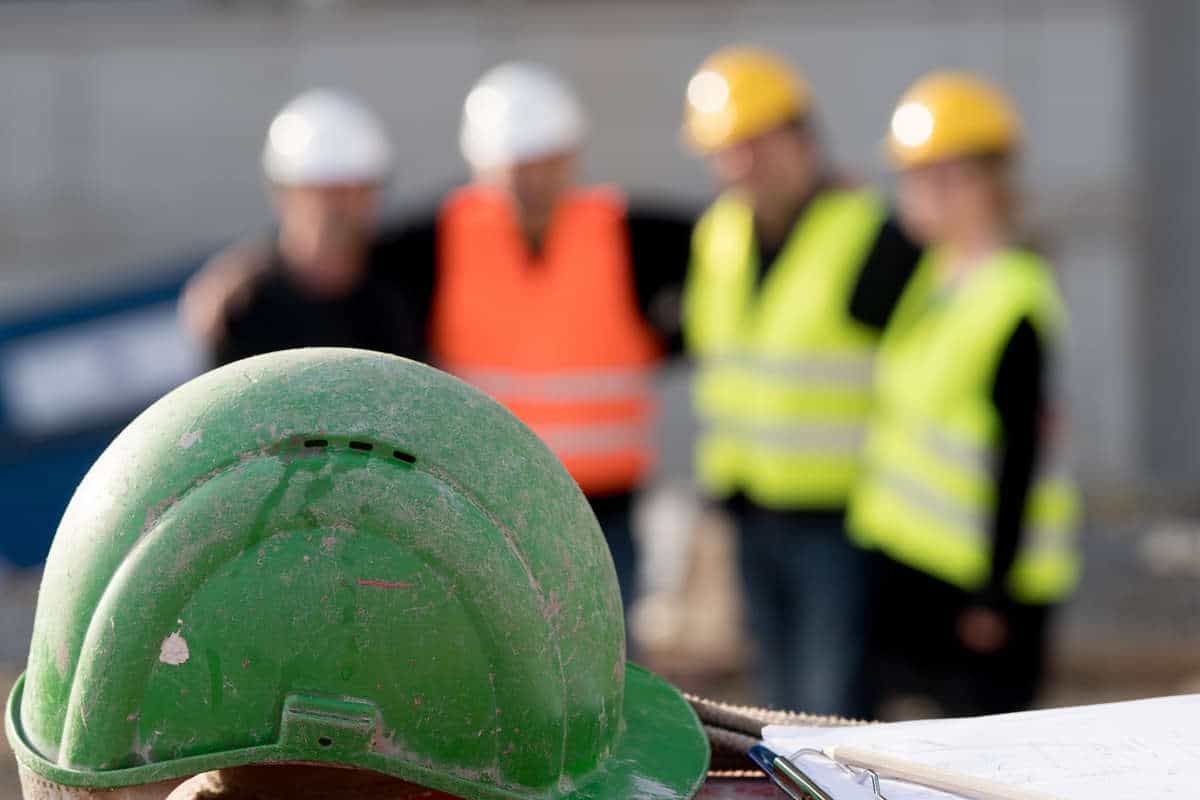Ensuring Long-Term Durability of Underground Structures

By Ellie Gabel
The structural integrity and longevity of underground construction are arguably more important than those of its aboveground counterparts. Much of the country’s critical infrastructure is below ground. Moreover, an underground collapse has extensive aboveground ramifications. What can engineers and construction professionals do to increase the durability of their builds?
The Importance of Ensuring Long-Term Durability
Although underground structures are designed, engineered and built with durability in mind, structural issues have been on the rise in recent years. Research shows damage per million dollars in spending increased by about 12% from 2021 to 2022. Damage per 1,000 calls to the 811 center increased by around 9%.
The report stated that just six root causes were responsible for 76% of that damage. The top three include inaccurately marked facilities, improper excavation after verifying marks and failure to notify the 811 center. That said, even though human error is often the main cause, many things are out of contractors’ control.
Weather events, natural disasters and evolving landscapes pose serious threats to the long-term durability of underground structures. Although annual precipitation has been relatively low, rising sea levels and emptying aquifers remain an issue.
Unlike surface flooding, rising seawater causes damage subtly. It pushes up the water table, significantly increasing the corrosivity of subsurface environments. Extensive research shows much of the critical infrastructure underground is likely currently experiencing this issue. While low-lying coastal zones are most affected, inland areas are seeing similar effects.
As aquifers drain, rivers and lakes leak into the ground to fill the rapidly expanding void. This problem is not theoretical — water levels are dropping exponentially. Research shows 53% of the aquifers in the U.S. are losing water. Corrosion and soil instability are likely consequences of the resulting groundwater infiltration.
The Need for Innovative Construction and Repair
Damaged underground utilities, tunnels and chambers pose severe risks to public safety. Moreover, they are incredibly costly to repair compared to their aboveground counterparts. Since project managers cannot prepare for every potential outcome, they must prioritize durability to ensure their subsurface structures remain intact and stable for decades to come.
Dynamic designs are essential because of the atypical nature of subsurface environments. While structures may not be regularly exposed to wind, snow and direct sunlight, factors like uncertainties in rock behavior and substrate type affect them. Finding innovative ways to build, monitor and repair is essential to minimizing costs and maximizing longevity.
Increasing the Durability of Underground Structures
Engineers and contractors have several options for increasing their construction’s durability.
- Industrial Radiography
Industrial radiography is a type of non-destructive testing contractors can use for monitoring and maintenance. It is often the preferred method because its speed and accuracy are unparalleled. Using ionizing radiation producing X-rays or gamma rays, professionals can reveal defects without damaging surfaces or compromising structural integrity.
- Unconventional Design
Prioritizing research and development will help the sector usher in a new era of durable designs. One modern example is a gravity-fed wastewater system. Since it does not require mechanical equipment to facilitate flow, its life cycle operation and maintenance costs decrease significantly. With a tunnel boring system, the atypical depth requirements do not pose an issue — this machine keeps soil disturbance to a minimum, minimizing settling and shifting.
- Liquid Penetration Testing
Liquid penetration testing is another kind of non-destructive testing. Professionals can use it to test for surface-level fractures, discontinuities and holes that are invisible to the naked eye. Once the liquid penetrant seeps into cracks, they can remove the excess and apply the developer agent to expose defects.
- Strategic Material Choice
Underground pavement requires high-performance concrete. Advances in research and development have uncovered an optimal mix — silica fume, nanosilica and polypropylene fibers have a synergic effect. They improve surface resistivity by 200%, compressive strength by 17%, abrasion resistance by 212% and sulfate expansion resistance by 158%.
The Importance of Research and Development
Research and development programs are essential for incrementally increasing subsurface structures’ durability, ensuring they last for decades. If engineers and project managers coordinate effectively, they can maximize their design’s success, minimizing maintenance expenses and preserving public safety.
Ellie Gabel is a freelance writer who specializes in covering the latest innovations in science and technology for an audience of industrial professionals. She is also the associate editor at Revolutionized.com.




